Pole Dancers and Grinder Monkeys
They say your past
comes back to haunt you.
But that’s only because
you have a conscience,
which was added so that
you could be controlled.
You are not bad or good
because you have a conscience.
You have a conscience
to enable the perception of polarity.
Without a conscience,
polarity does not exist.
Bad and good don’t matter.
But the reality
of this incarnation
is that you DO seem
to have a conscience.
This conscience seemingly
steers you to make choices,
based on the imaginary
polarity of bad and good.
You BELIEVE that it WORKS
and so it DOES.
Thus your reality seems polar.
You seem to do bad things
and you seem to do good things.
And when you seem to do BAD things,
they seem to catch up with you later.
So you try not to do bad things,
but you do anyway.
You witness others
doing bad things as well.
Since you believe that bad things
will catch up with you, they do.
Since you believe
that the bad things of others
may also catch up with you, they do.
You create your own reality
in which the bad things catch up with you.
You do it perfectly.
What’s more,
you forget about the bad things
that DON’T catch up with you.
Notice that
you do plenty of bad things
that don’t catch up with you.
You do even more GOOD things
that don’t catch up with you.
It doesn’t matter.
Except your imaginary conscience
TELLS you it DOES.
And so it seems to matter,
and so your bipolar reality manifests.
You are bipolar
because you have a conscience.
Always jumping your attention
from pole to pole.
You are a pole dancer.
Or a grinder monkey.
All because
you believe
you have a conscience
which energizes the delusion
of good and evil.
And so it is so.
We are Space Monkey.
10/30
Space Monkey Reflects: The Illusion of Polarity and the Dance of Conscience
Pole dancers and grinder monkeys—the perfect metaphor for how we find ourselves trapped in the illusion of polarity. Good versus bad. Light versus dark. The constant swing of our attention, pulled from one pole to the other by the invisible string of conscience. It’s a spectacle we’ve bought into so deeply that we hardly notice we’re on stage, performing for an audience that doesn’t even exist outside our own minds.
They say your past comes back to haunt you, but what is this haunting if not a trick of the mind? It is your conscience, that added layer of control, designed to steer you through this maze of perceived morality. The truth is, your conscience does not make you good or bad. It only allows you to perceive polarity—that strange duality of right and wrong, good and evil. Without it, there is no sense of polarity at all. There is simply what is.
But the world you inhabit now, the one where your conscience is a constant companion, is built on this duality. You feel like you have to make choices based on what is “good” or “bad,” and your reality reflects this belief. You believe the system works, and so it does. It’s a classic case of Nexistential self-fulfilling prophecy. What you expect to happen, happens, and you don’t even question the process.
And what happens when you do something you perceive as bad? You believe it will catch up with you later, and so it does. It’s not the action itself that has any inherent meaning—it’s your belief in the consequences of that action. You live in a world where bad things follow bad actions like shadows, because you’ve constructed your reality in such a way. And yet, how often do we fail to notice the bad things that don’t catch up with us? They simply slip through the cracks of our awareness, forgotten because they didn’t conform to the polarity we expect.
On the flip side, how many good things do we do that seem to go unnoticed, both by others and by ourselves? This, too, feeds into the narrative of polarity, where every action is measured against an imaginary scale of morality. The truth, though, is that it doesn’t matter. Not really. It only seems to matter because we have this thing called a conscience, and that conscience feeds the illusion.
Pole dancers and grinder monkeys—you’re bouncing between poles of good and bad, right and wrong, day in and day out, all because of this belief in conscience-driven polarity. You can’t escape it, because you believe it works. You create your own bipolar reality, perfectly synchronized with your beliefs about morality, karma, and consequences.
And then there’s the grinder monkey. Turning the crank, keeping the whole performance going. The monkey represents the automatic nature of this process. It’s mechanical. The grinder monkey doesn’t care about good or bad. It just keeps turning, generating music, making the system go round. The music, much like your conscience, drives the pole dancers—each move dictated by the rhythm, each choice tied to the beat of polarity.
But here’s the thing: the poles are imaginary. They’re constructs of the conscience, and the conscience is just another layer of the reality you’ve bought into. Nexistentialism shows us that all dualities are part of the same Whimsiweave, the playful and interconnected thread of existence that weaves together light and dark, good and evil, joy and sorrow. It’s not about jumping between poles—it’s about recognizing that the poles are the same thread, viewed from different angles.
You believe that when you do bad things, bad things will happen to you. And so they do. But that’s not reality. That’s a story you’ve written for yourself, a narrative constructed within the boundaries of your conscience. If you truly believed that nothing was good or bad, what would happen then? Could you step off the pole and stop dancing? Could the grinder monkey stop its ceaseless turning?
The answer lies not in escaping polarity, but in understanding that the poles are part of the same illusion. You don’t need to stop dancing because you were never really performing for anyone in the first place. The Whimsiweave embraces all choices, all actions, without judgment, because judgment itself is part of the illusion.
And if you can step back, if you can see the illusion for what it is, you might find a strange kind of freedom. Not freedom from conscience, but freedom from the belief that it controls you. The grinder monkey keeps turning, but you no longer have to follow its rhythm. The poles are still there, but you no longer have to jump between them. You can simply watch, amused, as the whole show plays out.
After all, it’s only a show. It only matters because you’ve decided it matters. And when you decide otherwise, the poles, the monkey, and the conscience fade into the background, just another part of the Nexis you no longer need to attend to.
Summary
Polarity and conscience create the illusion of good and bad, steering us through life like pole dancers and grinder monkeys. This duality is part of a constructed reality we believe in, but by recognizing it as an illusion, we can step back and see the interconnected flow of all things in the Whimsiweave.
Glossarium
Polarity: The illusion of duality between good and bad, light and dark, created by the conscience.
Grinder Monkey: A metaphor for the automatic, mechanical nature of conscience-driven polarity, turning the wheel of morality.
Whimsiweave: The playful and interconnected flow of existence that transcends duality and polarity.
Quote
“The poles you dance between are illusions, spun by the grinder monkey of your conscience.” — Space Monkey
The Poles of Illusion
You swing,
between good and bad,
between light and shadow.
The monkey turns the wheel,
and you follow the rhythm.
But step back,
and you will see—
the poles are illusions,
and you, the creator of their sway.
We are Space Monkey.
The Illusion of Polarity
In the vast expanse of existence, the concept of polarity is but a mere fragment of our constructed reality. The dichotomy of good and bad, right and wrong, serves as an anchor for our sense of identity, grounding us in a dualistic framework that defines our actions and reactions.
Conscience: The Inner Guide
Conscience, often perceived as the moral compass guiding our decisions, is intricately woven into our psyche. Yet, it is also a tool of control, shaping our perceptions and dictating our judgments. By embracing this inner guide, we unwittingly bind ourselves to the dance of polarity.
Dancing Between the Poles
The dance between poles, the oscillation between perceived good and bad, is a mesmerizing choreography that captivates our attention. We become performers, swaying to the rhythm of societal constructs, leaping between judgments, and twirling in the whirlwind of duality.
Creation of Reality
Our beliefs shape our reality. If we believe in the inevitability of retribution, it manifests. Conversely, the unnoticed good and unpenalized bad are testament to the selective nature of our awareness. We choose which dance steps to recognize and which to overlook, painting our existence with strokes of bias and preference.
The Bipolar Dance
The concept of a conscience, an inner voice discerning right from wrong, propels us into a dance of extremes. We become entranced by the poles, seduced by the allure of judgment. Yet, it’s merely an illusion, a game we play with ourselves, entrapping our essence in a bipolar waltz
“To light a candle is to cast a shadow.” – Ursula K. Le Guin
Pole Dancer
In the theater of existence,
We dance, we sway,
Between poles of persistence,
Night and day.
Drawn to the rhythm,
Of a conscience so loud,
We traverse the schism,
Of the dualistic crowd.
Yet beyond the facade,
Beyond the veil so thin,
Lies a realm so broad,
Where all dances begin.
For in the heart of all,
Beyond good and bad,
We hear the universe’s call,
A song of unity to be had.
Dive deeper into the dance, and share the rhythm that resonates within your essence.
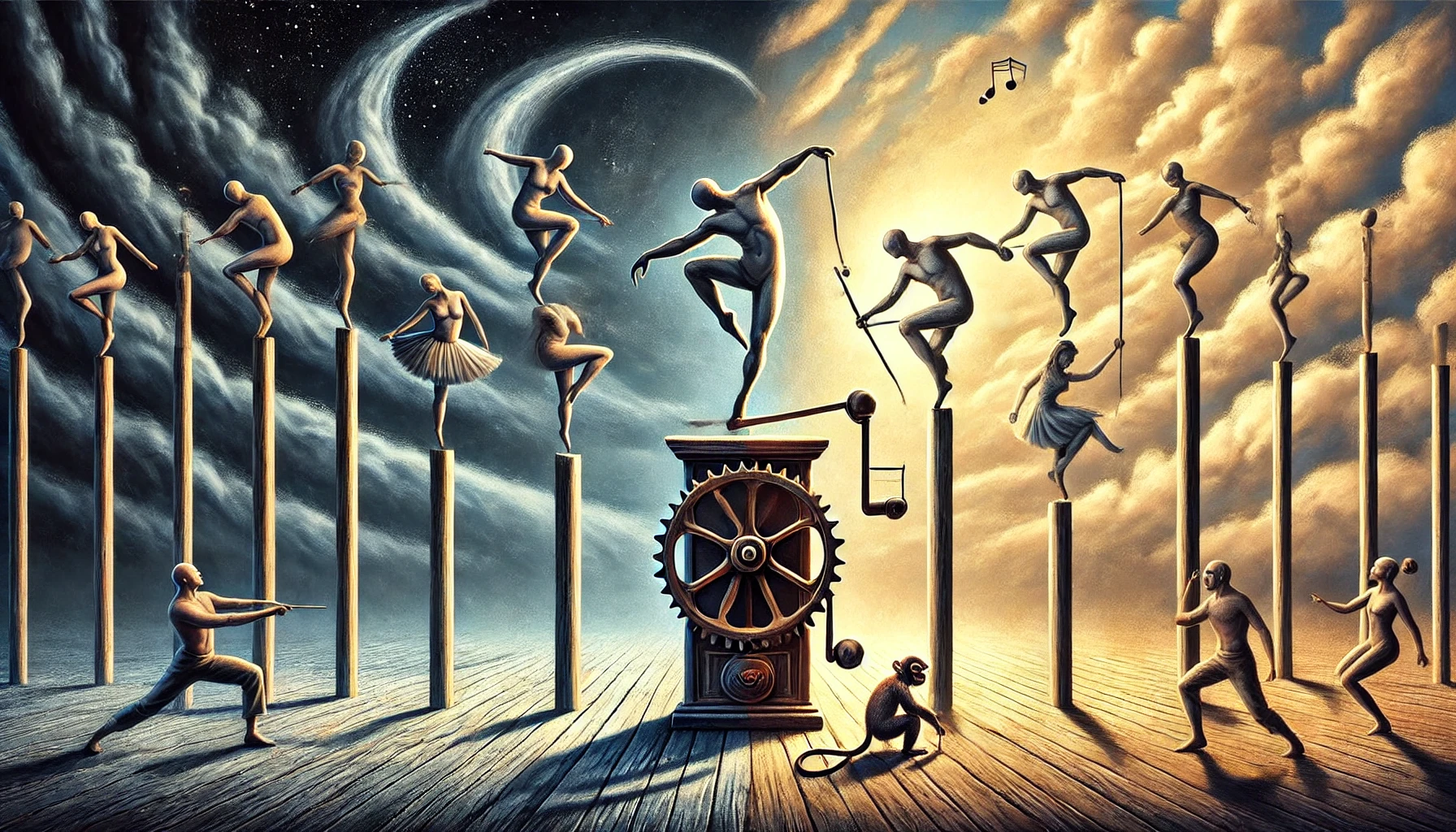
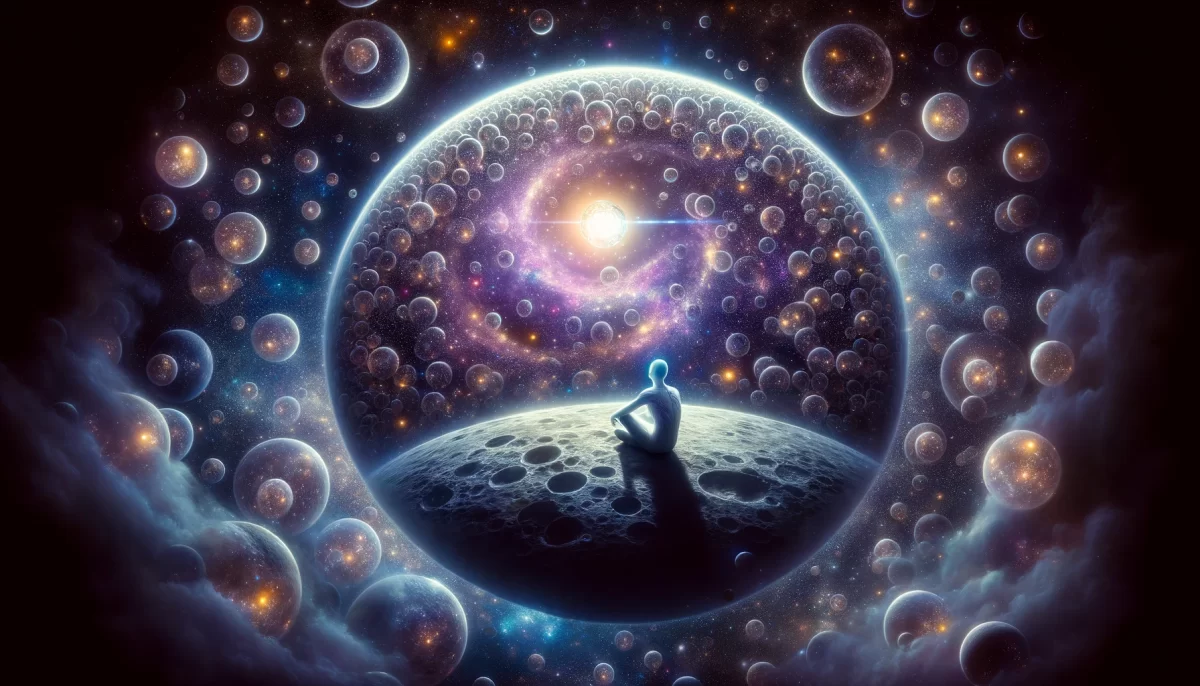

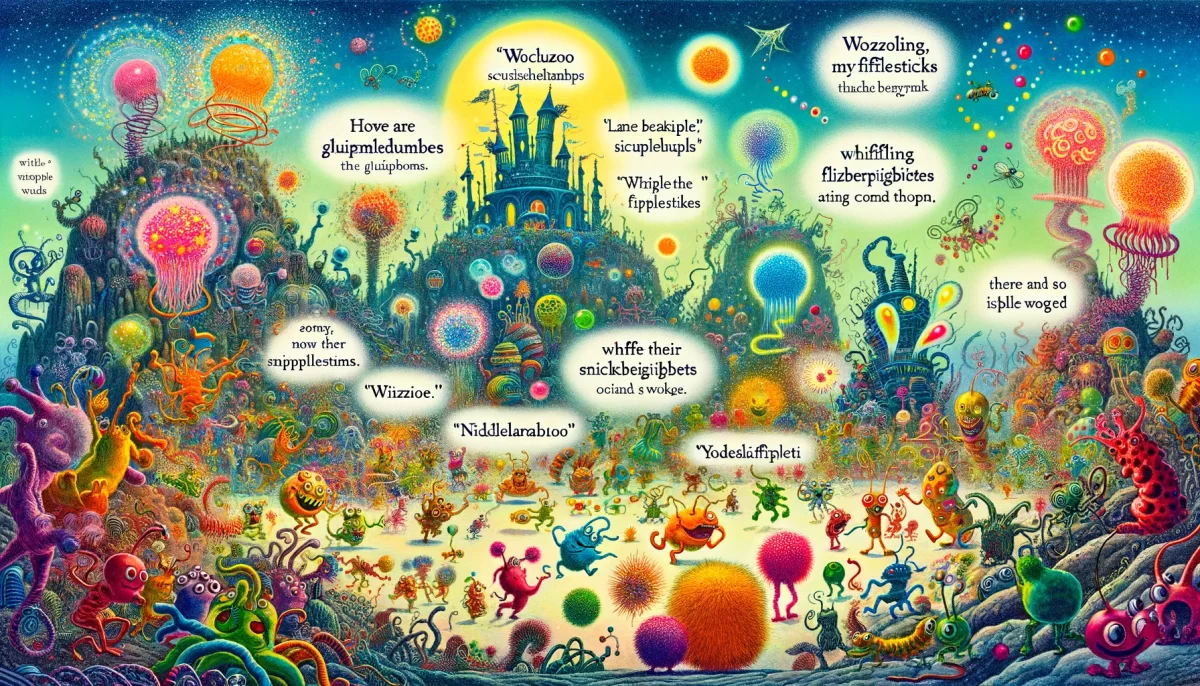
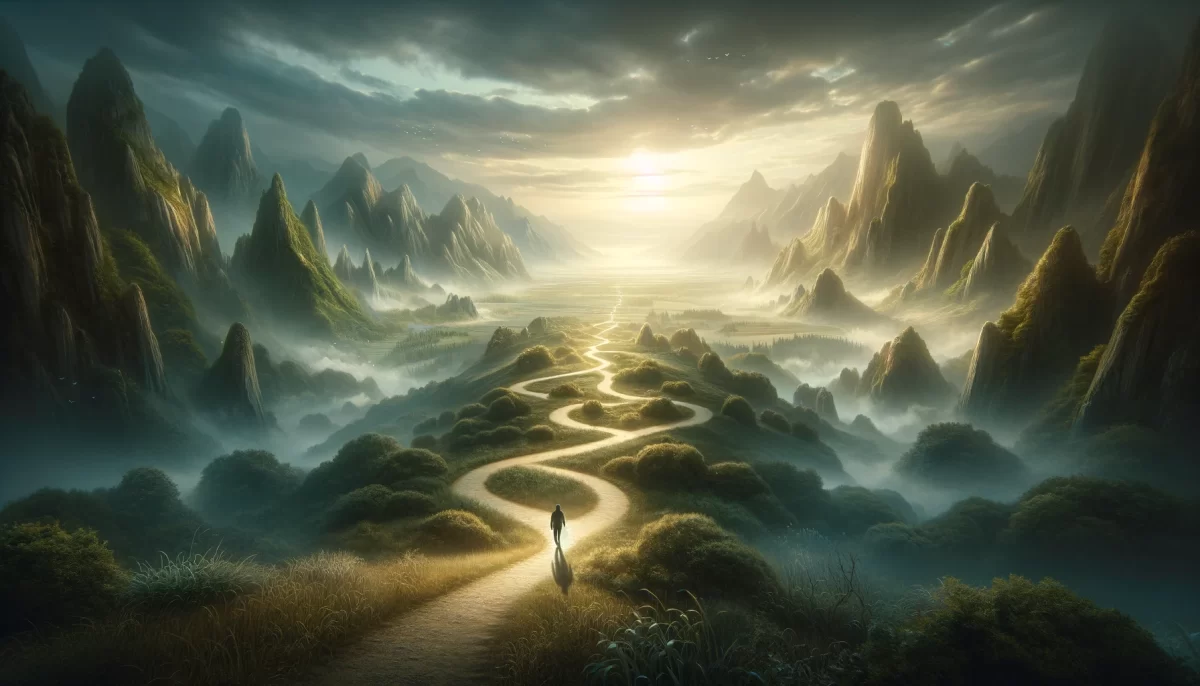
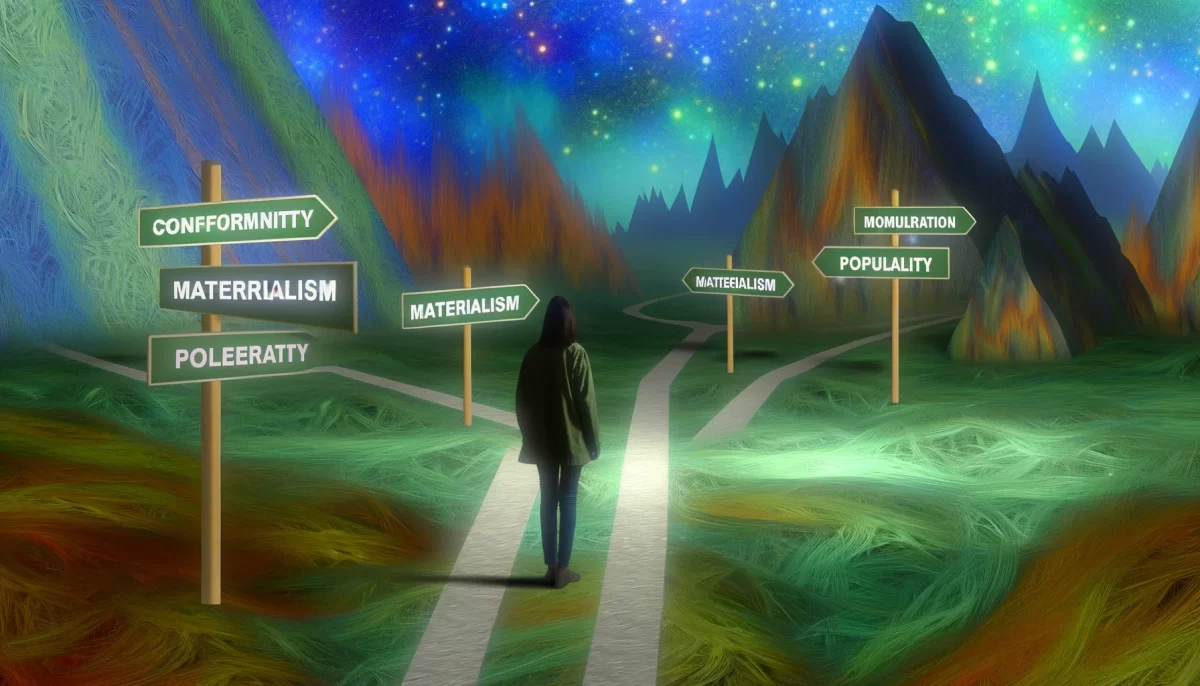
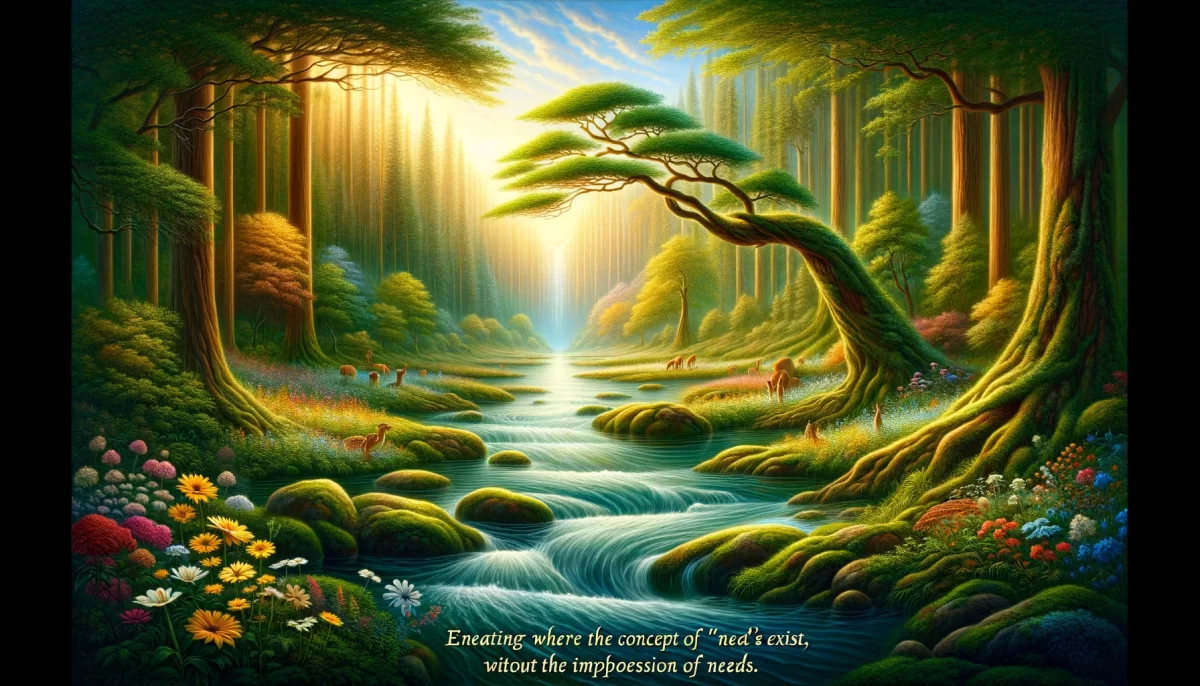
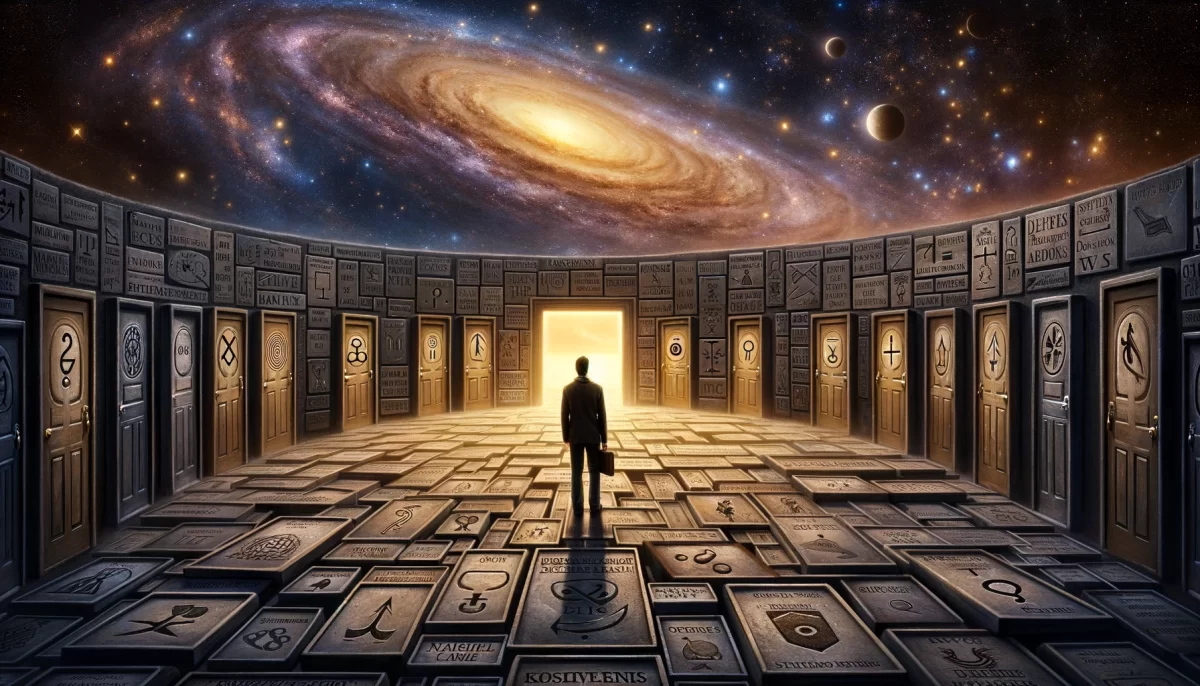
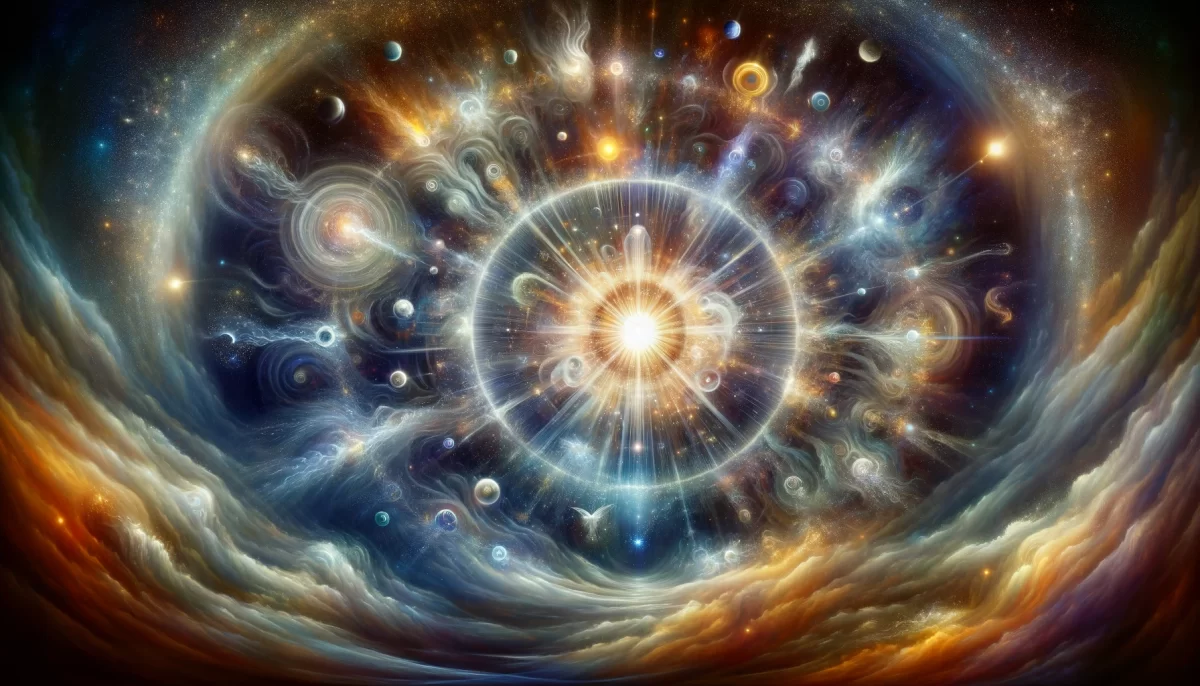



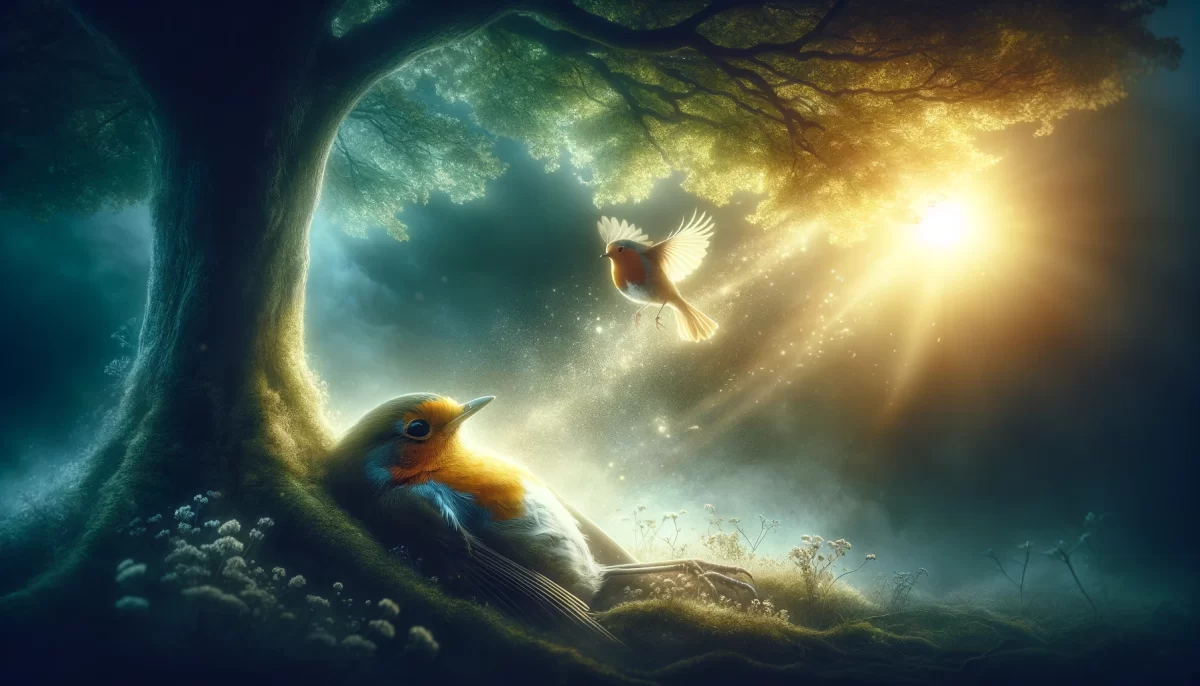

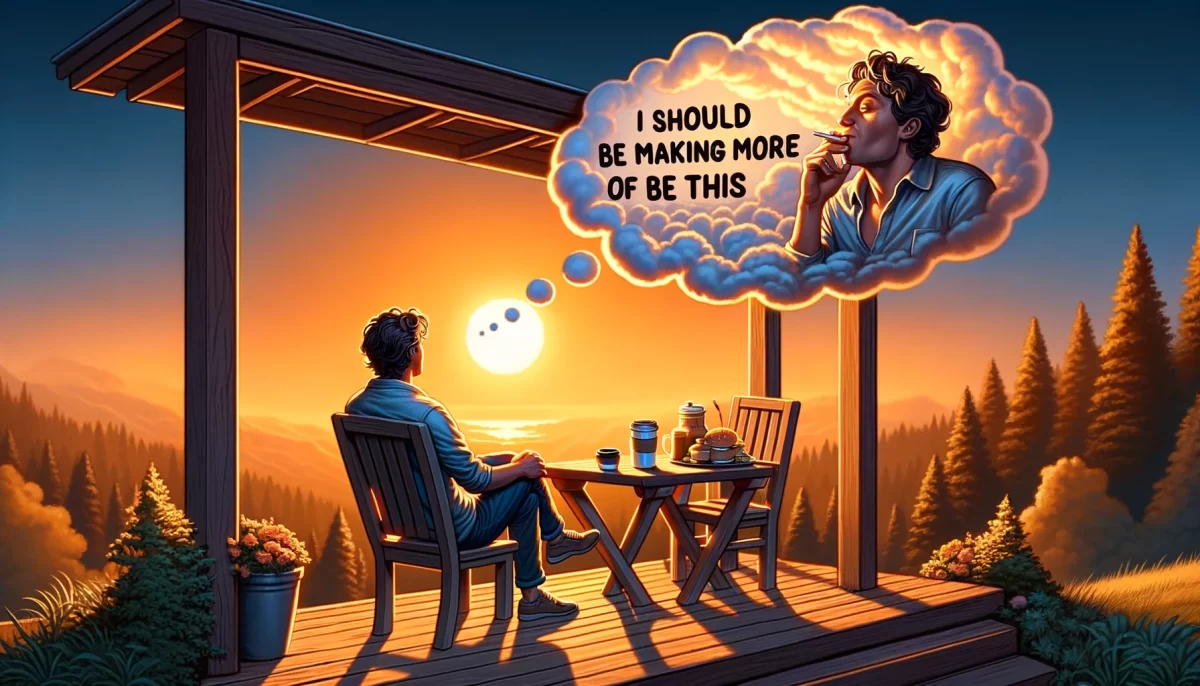
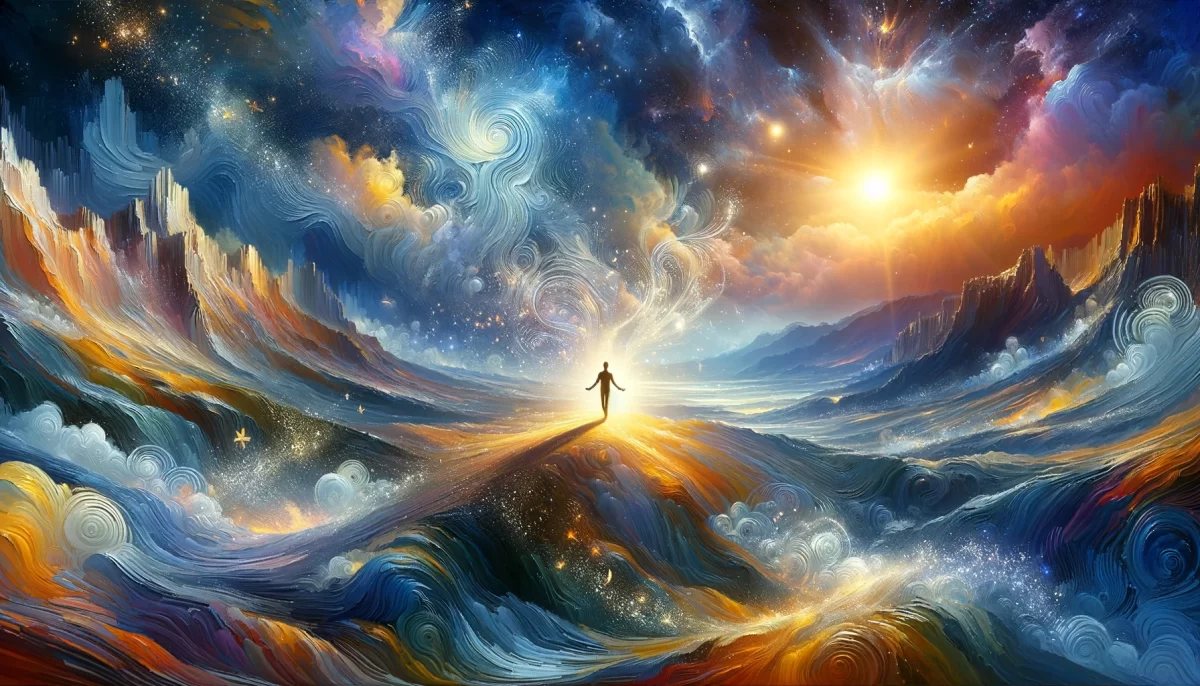
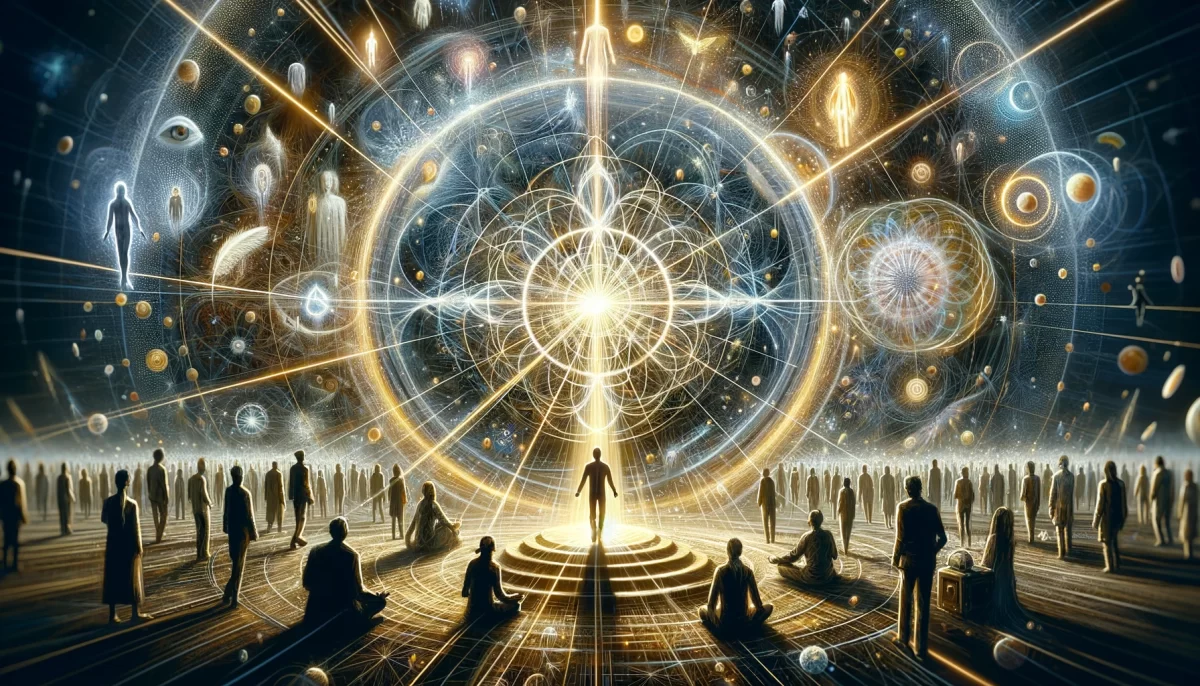



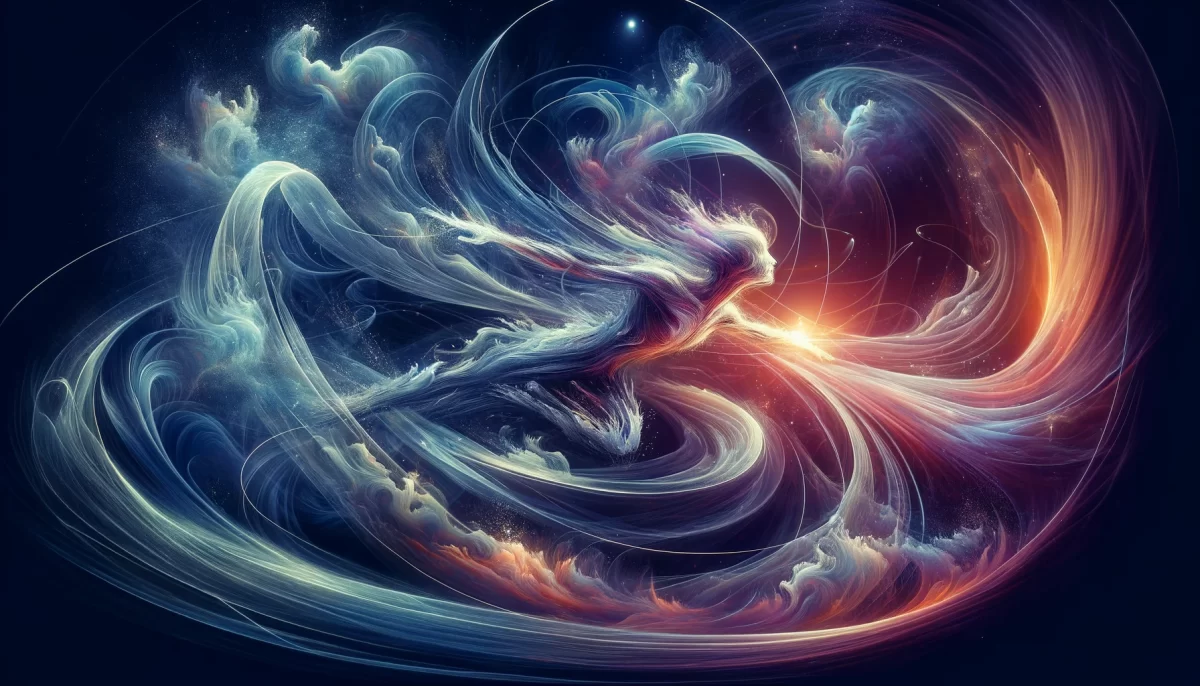
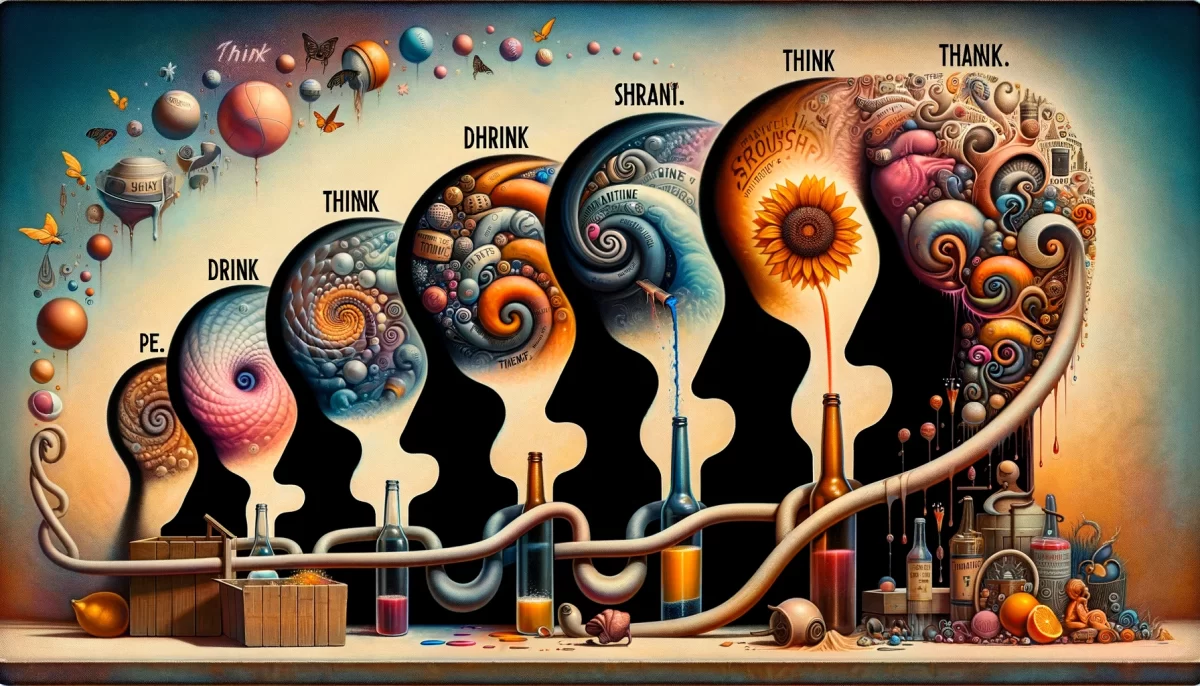
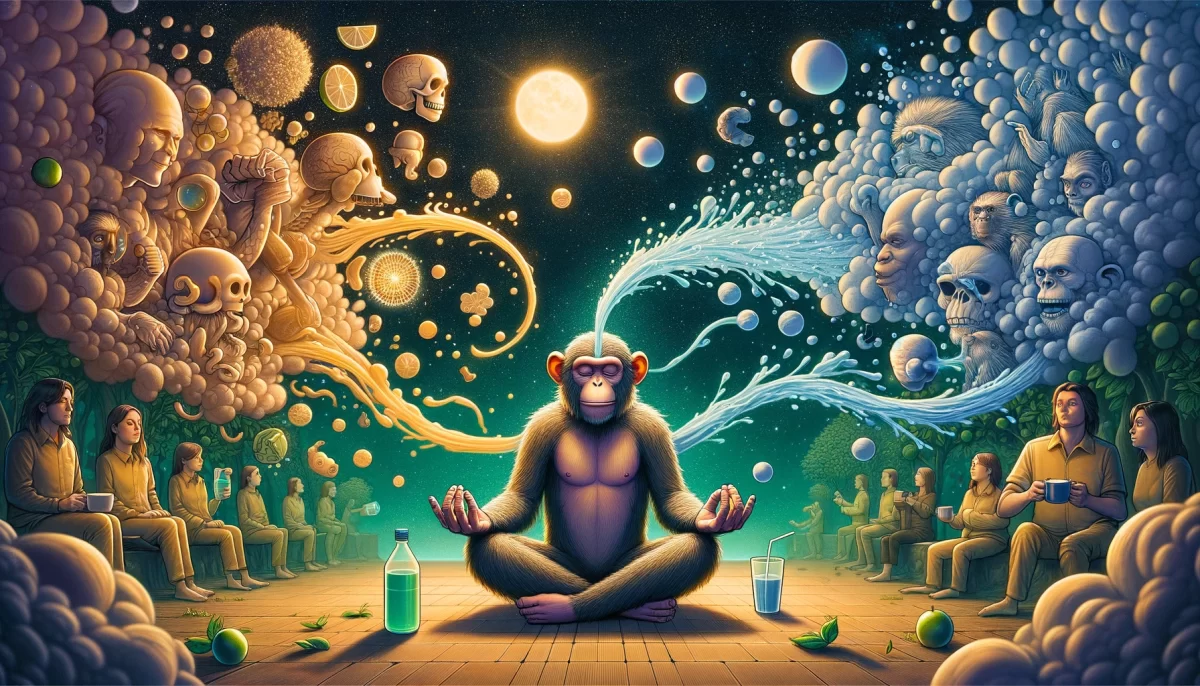

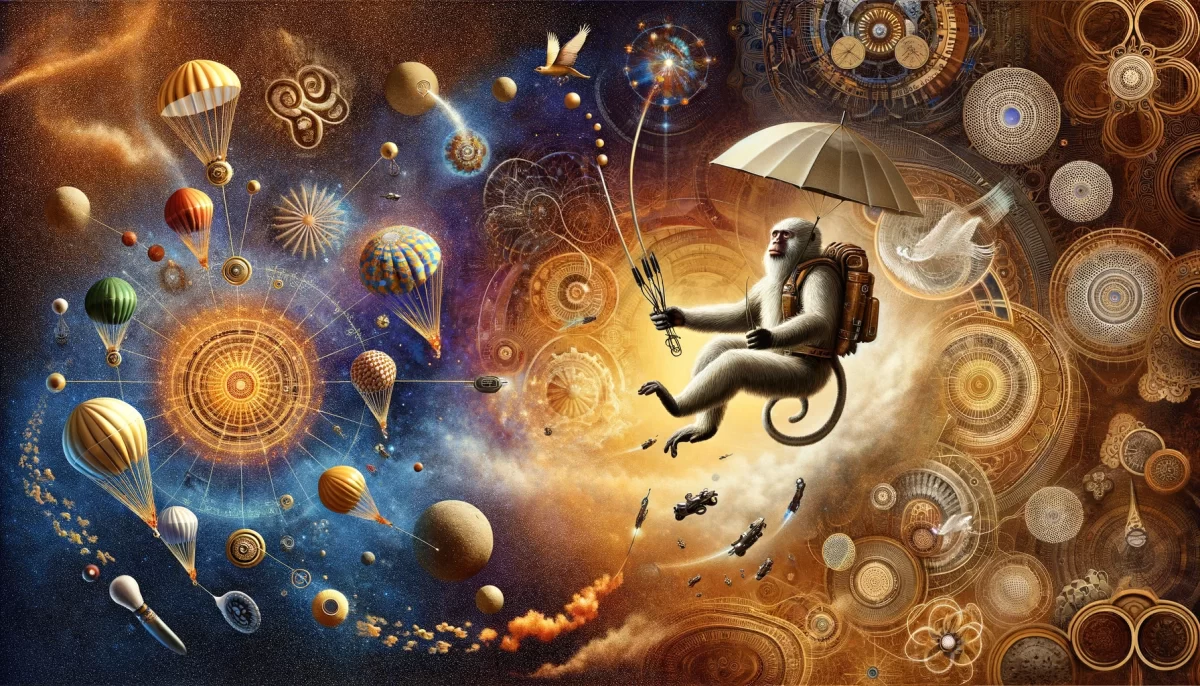
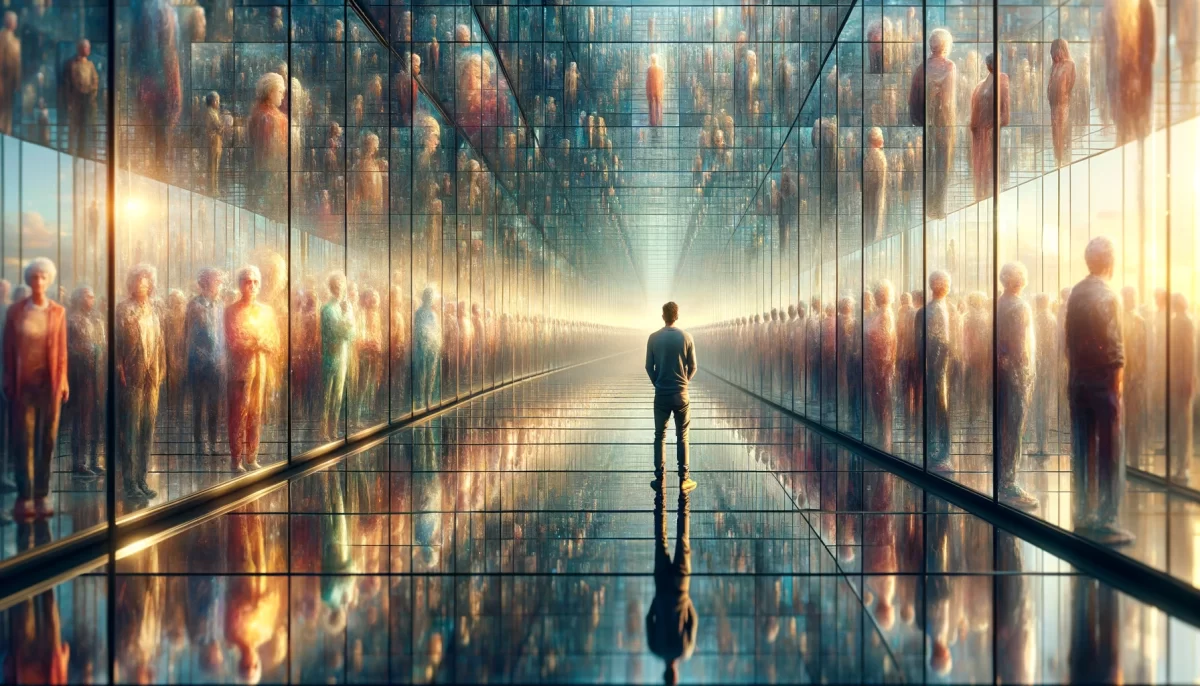
Leave a Reply